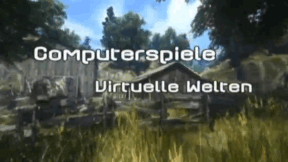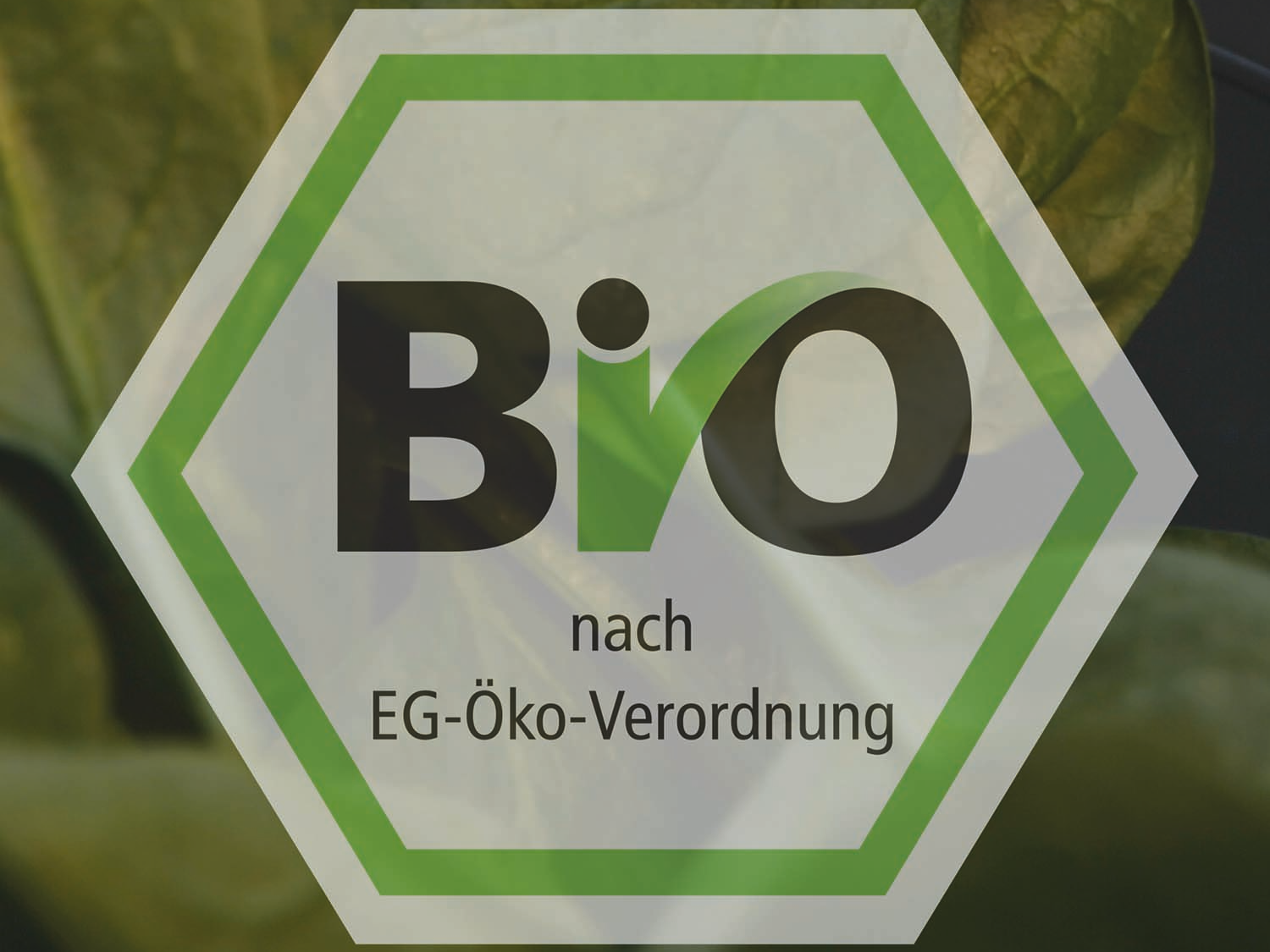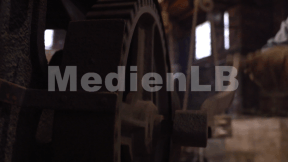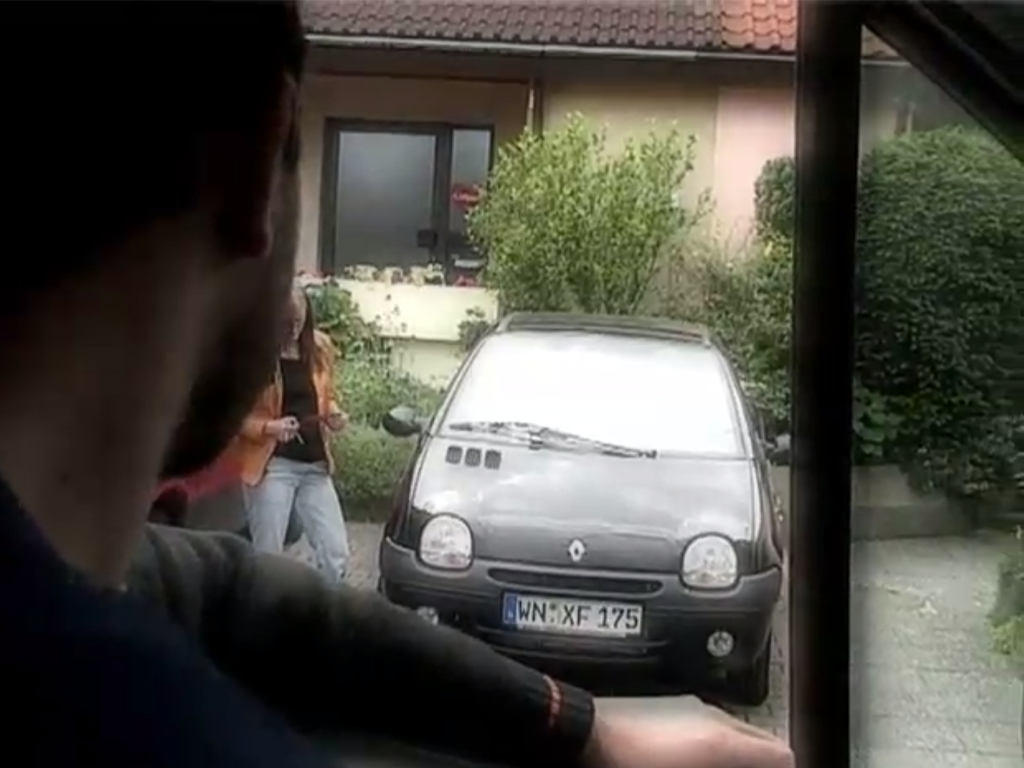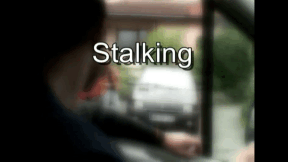 Biology
Biology
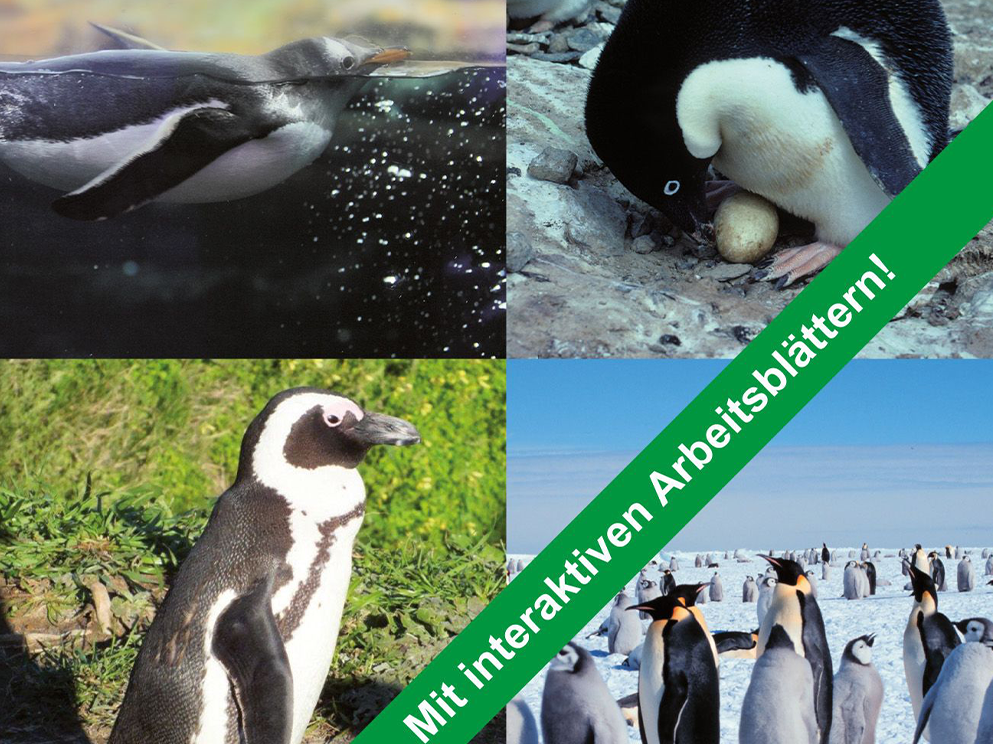
4667671 / 5558930
Penguins
Adaptation to Habitat
Most people know penguins only from the zoological garden. There they arouse many visitors’ interest. This is, on the one hand, because of their peculiar black-and-white colouring, which reminds you of a tail coat, on the other hand, because of their upright walk. We find penguins amusing or funny; but if we knew more about their extraordinary skills, we would not laugh about them but gaze at them in wonder and reverence.
All birds are the result of adaptations in size, form and colour to their habitats and food. However, penguins exhibit several of them and rather extreme ones at that. No other bird manages to breed at temperatures of -60°C losing one third of its body weight in the process. No other bird manages to dive several hundred metres deep and to swim faster than many a fish.
The film reveals quite a few other secrets of penguins and how the birds succeed in surviving with apparent ease in one of the most inhospitable regions of this earth.
Together with the extensive accompanying material the didactic DVD is perfectly suited for use in the classroom.
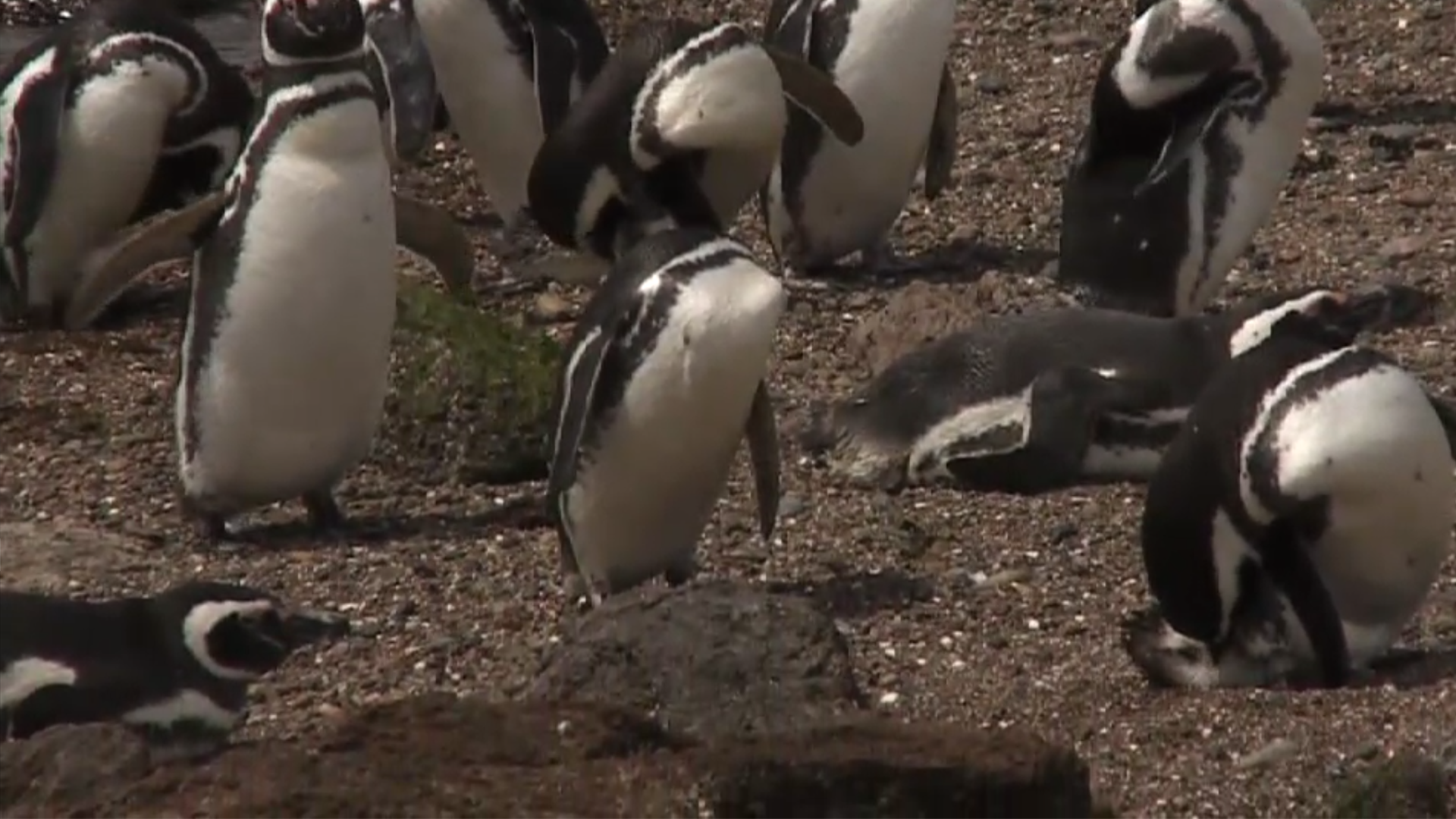
Curriculum-centred and oriented towards educational standards
Matching
Computer Games
This film covers the topic of computer games in a variety of ways and from many different angles. Apart from the fascina- tion of computer games for users, the historical development as well as the production of computer games are described. The established genres are introduced, the guidelines of the German BPjM are explained. In light of recent public discussions, a neutral overview of the pros and cons of playing computer games is given, and different kinds of player behaviour are outlined. In this film, the pupils will recognise many aspects of their favourite pastime that encourage an independent, constructive use of this medium and reinforce their media competency. The film and teaching material are very closely related to the real-life situation.
Seal of approval
Quality seals such as the "Bio-Siegel", "Blauer Engel", "Stiftung Warentest" and up to 1,000 other seals represent characteristics such as sustainability, health or safety with regard to a product, a service or even a company.





